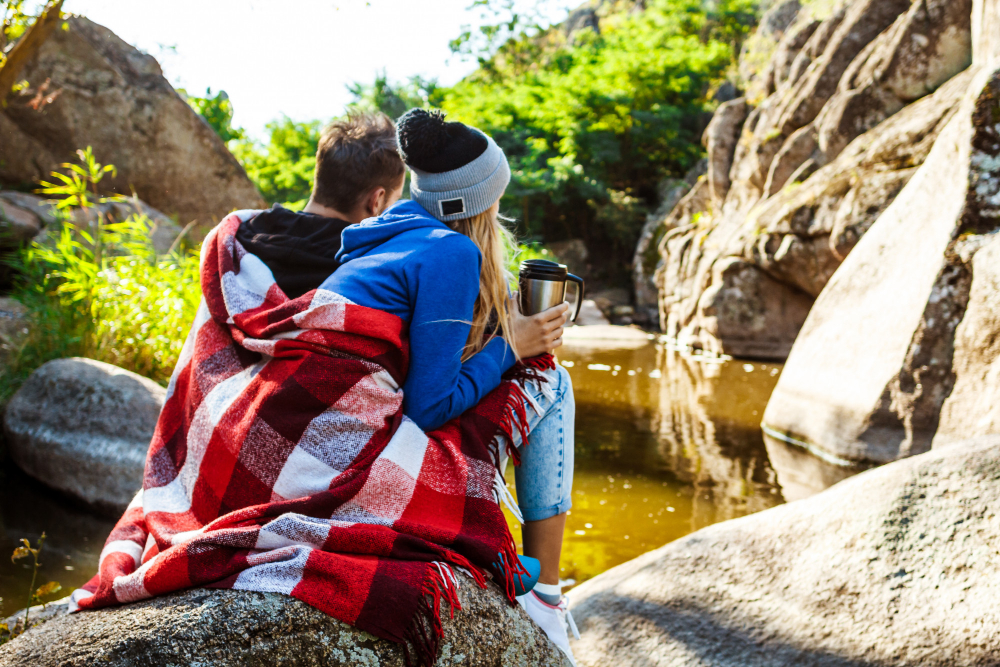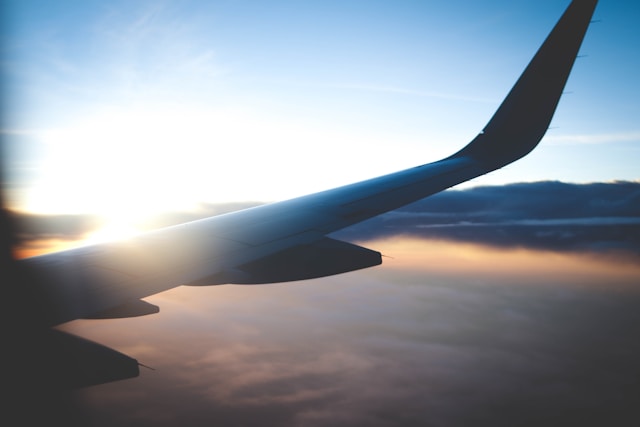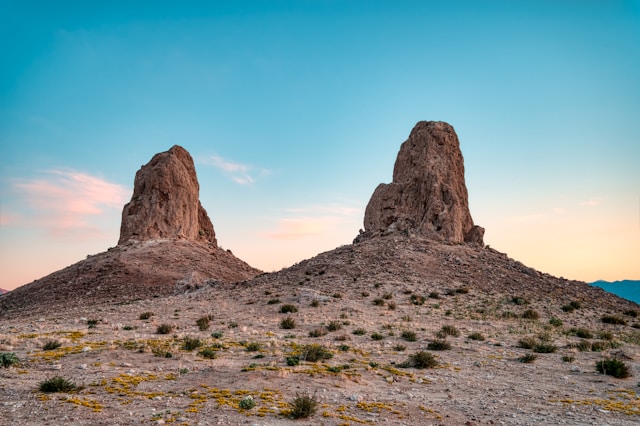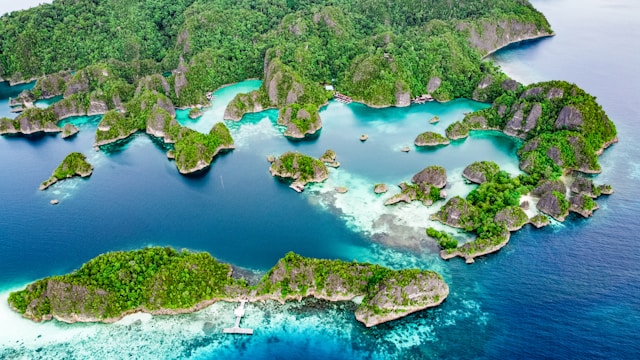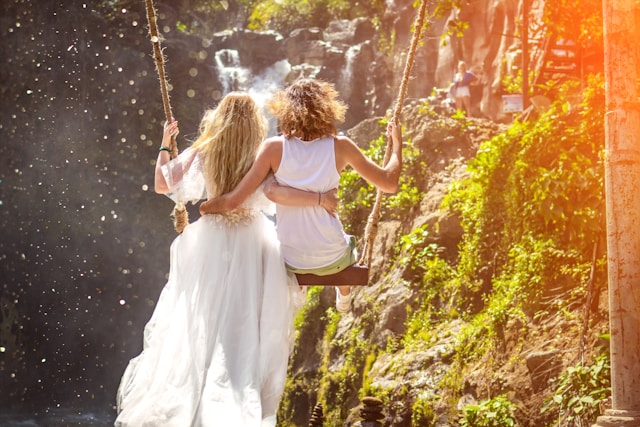Bolivia is a land of extremes—soaring peaks, deep jungles, surreal salt flats, and ancient cultures. It remains one of South America’s most underrated destinations, offering raw, unfiltered adventure for travelers who crave more than postcard views. Whether you’re trekking through high-altitude mountain ranges, biking down death-defying roads, or exploring prehistoric deserts, Bolivia delivers an unforgettable experience.
In this guide, we’ll uncover 9 stunning places in Bolivia that adventure lovers must see. From the Andes to the Amazon, prepare to be amazed.
1. Salar de Uyuni: The World’s Largest Salt Flat
No adventure in Bolivia is complete without a visit to Salar de Uyuni, the largest salt flat on Earth. Stretching over 10,000 square kilometers, this otherworldly landscape is perfect for thrill-seekers and photographers alike.
Why It’s Adventurous:
Explore the salt flats on a 4×4 tour, venturing to remote areas like the Train Graveyard and Isla Incahuasi.
Visit during the rainy season (December–April) to witness the giant mirror effect, when the flats reflect the sky.
Bonus:
Many tours include nearby geysers, hot springs, and the colorful lagoons of the Eduardo Avaroa Reserve.
2. Death Road (Yungas Road): The Ultimate Bike Ride
If you’re an adrenaline junkie, Bolivia’s infamous Death Road—once considered the most dangerous road in the world—is your playground. This winding mountain path drops dramatically from the Andes into the Amazon Basin.
Why It’s Adventurous:
Downhill mountain biking on a 64-kilometer route that descends 3,500 meters in elevation.
Expect sheer cliffs, waterfalls splashing onto the road, and jaw-dropping views.
Safety Tip:
Book with a reputable tour operator that includes quality gear, experienced guides, and safety support.
3. Laguna Colorada: Bolivia’s Red Lake
High in the Andes near the Chilean border lies Laguna Colorada, a surreal, shallow red lake dotted with flamingos. The lake’s red hue is caused by algae and mineral sediments—giving it a Martian look.
Why It’s Adventurous:
Located at over 14,000 feet above sea level, just getting here is an experience.
Combine the lake with an off-road journey through desert landscapes, steaming geysers, and stone forests.
Don’t Miss:
Sunset views when the lake glows crimson and flocks of flamingos wade through the shimmering water.
4. Madidi National Park: Jungle Trekking in the Amazon
One of the most biodiverse places on Earth, Madidi National Park in northern Bolivia offers untamed jungle adventures. The park is home to over 11,000 species of flora and fauna, including jaguars, monkeys, macaws, and caimans.
Why It’s Adventurous:
Take a multi-day jungle trek, canoe down rivers, and stay in remote eco-lodges.
Learn survival skills, fish for piranhas, and track animals with indigenous guides.
Getting There:
Start your journey in Rurrenabaque, a small Amazonian town accessible via short flight from La Paz.
5. Huayna Potosí: Bolivia’s 6000-Meter Peak for Beginners
Ever dreamed of climbing a 6,000-meter mountain? Bolivia’s Huayna Potosí is known as one of the most accessible high-altitude climbs in the world.
Why It’s Adventurous:
A 3-day mountaineering adventure with glacier crossings and steep ice climbs.
Stunning summit views of La Paz, Lake Titicaca, and the Cordillera Real.
Who Can Do It:
Fit travelers with no prior climbing experience can attempt this peak with the help of professional mountain guides.
6. Torotoro National Park: Caves, Canyons, and Dinosaur Tracks
Located in the heart of Bolivia, Torotoro National Park is an off-the-beaten-path gem filled with prehistoric fossils, caverns, and dramatic canyons.
Why It’s Adventurous:
Crawl through the Umajalanta Cave, Bolivia’s deepest cave, filled with bats, stalactites, and underground rivers.
Hike through the Vergel Canyon, complete with waterfalls and natural pools.
Fun Fact:
Torotoro is home to one of the largest collections of dinosaur footprints in South America.
7. Lake Titicaca and Isla del Sol: Ancient Trails and Sacred Waters
Straddling the border between Bolivia and Peru, Lake Titicaca is the highest navigable lake in the world. The Bolivian side offers a quieter, more mystical experience, especially on Isla del Sol.
Why It’s Adventurous:
Trek ancient Inca trails on Isla del Sol, with panoramic views and Incan ruins.
Kayak the lake, visit traditional villages, and explore terraced hillsides.
Getting There:
Take a bus or minivan from La Paz to Copacabana, then a boat to Isla del Sol.
8. Sajama National Park: Hot Springs and Bolivia’s Highest Volcano
Home to Nevado Sajama, Bolivia’s highest mountain (6,542 meters), Sajama National Park is a paradise of high-altitude wonders and geothermal activity.
Why It’s Adventurous:
Trek to altiplano geysers, soak in natural hot springs, and explore Polylepis forests, the highest-altitude trees in the world.
Climb Sajama Volcano if you’re an experienced mountaineer.
Wildlife Bonus:
Spot vicuñas, flamingos, condors, and even pumas if you’re lucky.
9. Amboró National Park: The Forgotten Jungle Frontier
Located near the city of Santa Cruz, Amboró National Park features over 800 species of birds, dense rainforest, and rare orchids. Yet it remains relatively undiscovered by tourists.
Why It’s Adventurous:
Jungle hikes to prehistoric rock formations, waterfalls, and rivers.
Ideal for birdwatching, camping, and wildlife photography.
How to Visit:
Base yourself in Samaipata, a laid-back town with great eco-tour options and access to both the Andes and Amazon.
10. Travel Tips for Adventure Seekers in Bolivia
Here are a few practical tips to ensure your adventure in Bolivia goes smoothly:
Acclimatize Slowly: Many destinations are over 3,000 meters above sea level. Spend 2–3 days in La Paz or Sucre before tackling high-altitude treks.
Pack Smart: Include layers, sunscreen, a filter bottle, insect repellent, and sturdy hiking shoes.
Use Local Guides: Hiring certified guides not only enhances safety but supports local communities.
Learn Basic Spanish: English is not widely spoken outside tourist areas. Basic Spanish goes a long way.
Cash is King: In remote areas, ATMs are rare. Carry cash, especially small bills.
Conclusion: Bolivia Is Adventure in Its Purest Form
From soaring peaks and ancient ruins to surreal deserts and untamed rainforests, Bolivia is a playground for adventure lovers. Unlike more tourist-saturated destinations, Bolivia offers a raw, immersive experience where you can truly connect with nature, culture, and history.
Whether you’re biking Death Road, climbing glacier peaks, or canoeing through the jungle, each destination offers authentic thrills and breathtaking scenery. So lace up your boots, pack your camera, and prepare to fall in love with Bolivia—a country that rewards the bold and curious.
FAQs
1. Is Bolivia safe for adventure travel?
Yes, Bolivia is generally safe for travelers, especially when sticking to well-known routes and using local guides. Like anywhere, use common sense and stay informed about regional conditions.
2. When is the best time to visit Bolivia for adventure activities?
May to October (dry season) is best for trekking, mountain climbing, and visiting the salt flats. The wet season (Nov–Apr) is ideal for seeing the mirror effect in Salar de Uyuni.
3. Do I need a visa to enter Bolivia?
Visa requirements vary by nationality. U.S. citizens need a visa, while EU and many South American citizens do not. Always check current regulations before your trip.
4. What kind of physical shape should I be in for these activities?
Moderate to good fitness is required for trekking and climbing. High-altitude activities demand proper acclimatization and sometimes professional gear.
5. Are guided tours necessary or can I explore on my own?
While you can travel independently in many areas, guided tours are recommended for remote or challenging destinations like Death Road, Huayna Potosí, and Madidi National Park.



